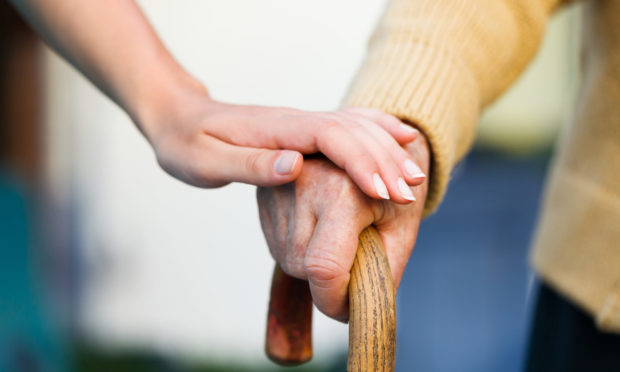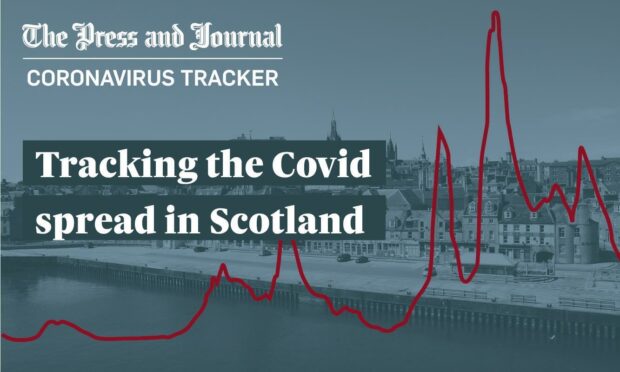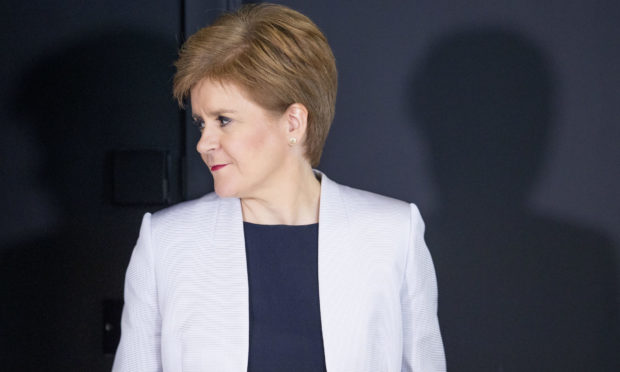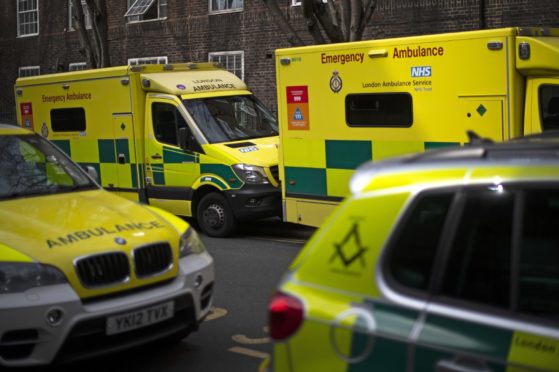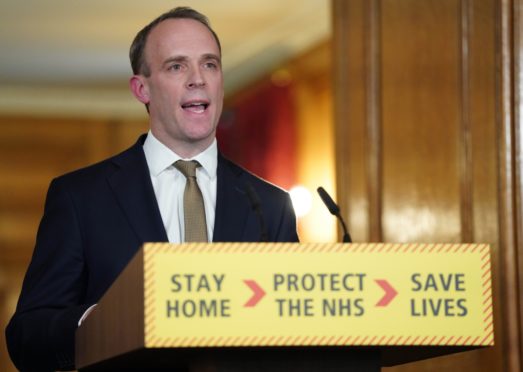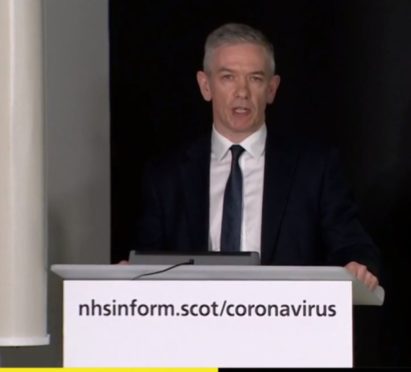Nicola Sturgeon’s coronavirus testing regime has been attacked after new figures suggested fewer than 2% of the care workforce has been checked for the killer disease.
Opposition politicians and care home operators called for testing to be ramped up after the first minister indicated that tests had only been carried out on around 2,460 care staff, or their families, so far.
Labour leader Richard Leonard said it was “deeply concerning” that such a “small proportion” of social care staff, or family contacts, had been tested.
Scottish Labour claimed the number of tests represented just 1.72% of the 143,000 people employed in adult social care services in Scotland.
Ms Sturgeon was challenged over her testing strategy during the second virtual First Minister’s Questions organised by Holyrood during the lockdown.
During the session, Ms Sturgeon announced a further 80 Scottish deaths overnight taking the running total of fatalities in the daily figures to 779.
There were 7,102 patients who had tested positive for the virus, a rise of 354. Hospital admissions had gone up by 51 to 1,799. The number of people being treated in intensive care had risen by just one.
Picking up on the care home deaths, Mr Leonard said testing levels had left people “afraid and angry” and unable to understand why more had not been done.
Ms Sturgeon replied saying around 12,300 tests had been carried out on health and care workers, of which just under 20% had been on those in the social care sector, which includes care homes and carers looking after people in their own residences.
The first minister went on to reject claims that testing had been done on a “too little, too late” basis.
She said absence rates related to Covid-19 in the health service “have been falling”, which she attributed to tests.
At the end of the session, Labour pointed out that 20% of 12,300 meant that around 2,460 social care workers had been tested. Labour then took the most recent care Scottish Government data on care, which said there were 143,000 workers across the sector – of which 53,500 worked in care homes.
The 2,460 figure when expressed as a percentage of 143,000 workers came to 1.72%.
Mr Leonard said: “Staff absences have soared in the care sector, and families across Scotland are deeply worried about their relatives living and working in our care homes.
“It is deeply concerning that such a small proportion of social care staff have had tests extended to themselves or a family member. The First Minister must take urgent steps to redress this.
“I have repeatedly called for the number of social care workers tested to be regularly reported.”
We are not seeking to test absolutely everybody, because that would be pointless.”
Donald Macaskill of Scottish Care
Donald Macaskill, CEO of Scottish Care, agreed more testing needed to be done, but made the point that not all care workers necessarily needed to be tested.
“We are not seeking to test absolutely everybody, because that would be pointless. The test should only be for those who are self-isolating because either themselves or their families has been symptomatic. The testing of those is to get them back as quickly as possible,” Dr Macaskill said.
Even so, he called for the number of tests to be “significantly increased”.
Sturgeon rejects calls for testing of all care home admissions
Questioned by Willie Rennie of the Lib Dems, Ms Sturgeon resisted his calls for universal testing of all elderly people being moved into care homes,
She said testing was important, but argued an all-encompassing scheme could be counterproductive, because it would not detect the illness in people incubating the virus.
The first minister said an elderly person leaving hospital would be tested. But she pointed out that the test was only effective on a person displaying coronavirus symptoms. Someone without the symptoms could test negative, but still introduce the virus to the care home because they were incubating it.
The first minister said: “We mustn’t allow testing, given its limitations, to give us false assurances that somebody going into care home doesn’t have the virus when it may be that they are in the incubation period and it doesn’t show in a test.”
Testing not always appropriate
A Scottish Government spokeswoman said: “There is no clinical purpose or benefit to testing people unless they have symptoms and it is wholly incorrect to suggest otherwise – as tests cannot reliably detect infection prior to the onset of symptoms.
“There are 53,000 staff working in adult care homes and we absolutely understand this is a deeply concerning time for them, their families and the public – and that’s why our priority is to use testing to support the management of patients, for public health purposes, and to enable essential workers in health and social care to get back to work.
“Not everyone who is off work for a Covid-19 related reason can return to work if a test happens. Some people are off work because of serious underlying health conditions, others with caring responsibilities or some are feeling too unwell to work.
“Testing is only appropriate for essential workers who are having to stay off work to comply with our isolation guidance, but otherwise able to work.”
